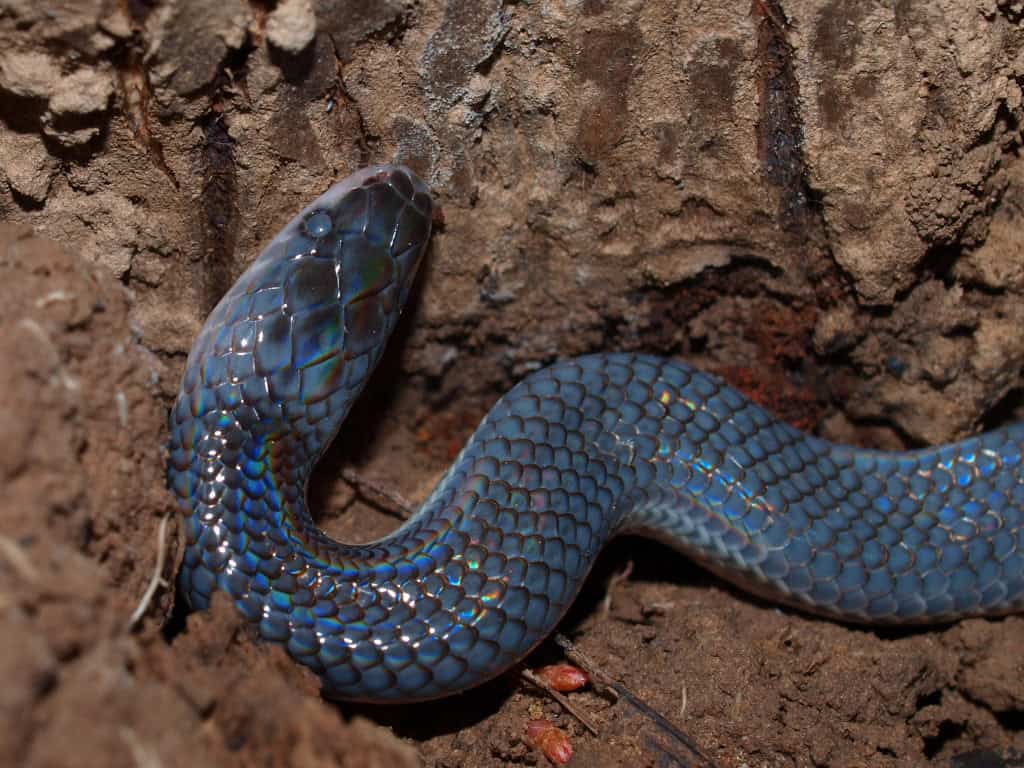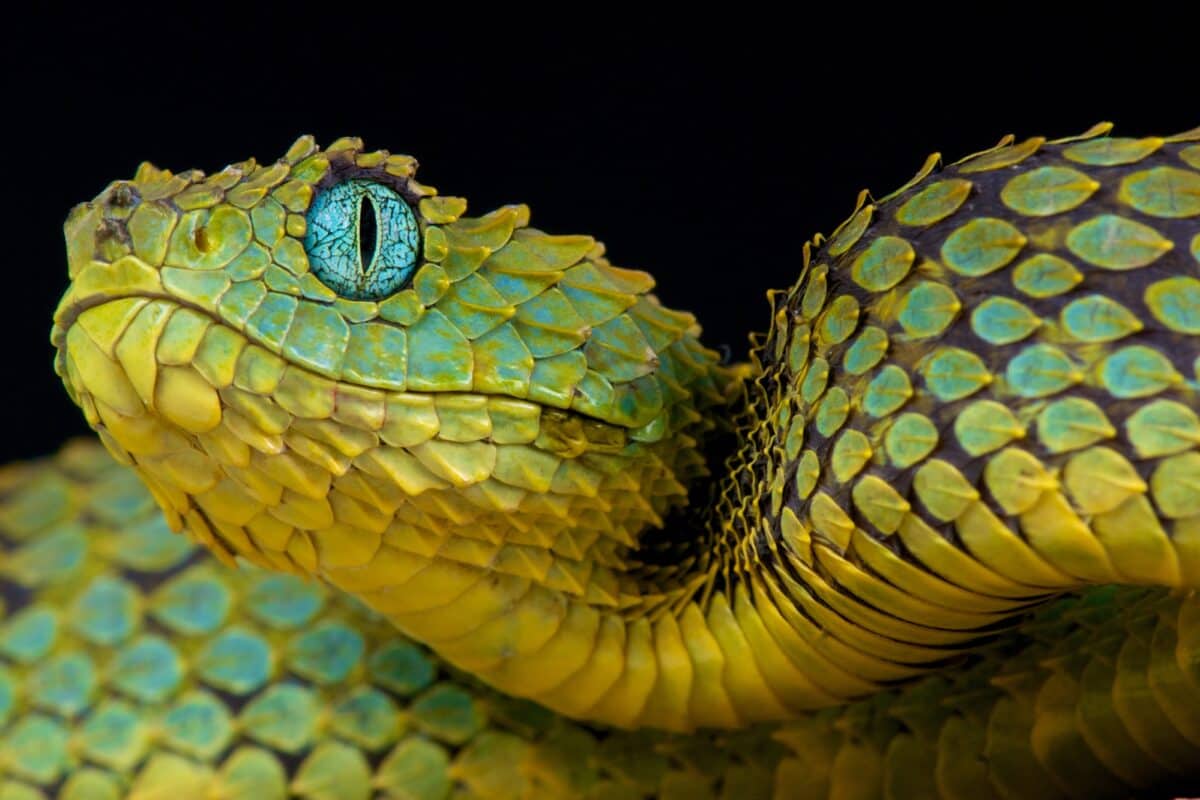The natural world is full of incredible diversity, and snakes are no exception. Known for their sleek, slithering forms and often menacing reputations, snakes exhibit a vast array of shapes, colors, and adaptations that can be truly surprising. From colorful camouflage to bizarrely modified scales, some snakes display features that seem almost otherworldly. In this article, we delve into the most unusual-looking snakes ever discovered, exploring their unique characteristics and the environments they call home.
The Scale Model: Horned Viper

The horned viper, residing primarily in the Middle Eastern and Northern African deserts, is distinguished by the horn-like scales above its eyes. These protrusions not only augment its predatory allure but also aid in minimizing sand irritation, demonstrating nature’s ingenuity in adaptation.
The Rainbow Serpent: Sunbeam Snake

This elusive, Southeast Asian dweller is named for its iridescent glow reminiscent of a sunbeam breaking through the clouds. The sunbeam snake’s scales refract light, creating a stunning rainbow effect that has fascinated those lucky enough to spot it in the wild.
The Dichotomy of Beauty: Tentacled Snake

Native to Southeast Asia, this aquatic serpent brandishes two short, fleshy appendages on its snout, lending it a distinctly peculiar appearance. The tentacled snake uses these tentacles as sensory organs, aiding in detecting its prey in murky waters.
The Spine-tingling Reptile: Rhinoceros Viper

The rhinoceros viper, found in the rainforests of West and Central Africa, combines formidable presence with striking colouration. Its patterned skin showcases vivid hues of blue, green, and yellow, while the characteristic spines on its nose add a fierce touch to its appearance.
The Master of Disguise: Leaf-Nosed Snake

Leaf-nosed snakes, hailing from Madagascar, are a masterclass in camouflage. Sporting a uniquely shaped, flat nose, they mimic the appearance of leaves, blending seamlessly into the forest floor as they hunt for small prey.
The Quintessential Colorist: Blue Malayan Coral Snake

The blue Malayan coral snake, residing in Southeast Asian forests, is a vivid spectacle. With electric-blue hues and a distinct coral-red belly, it serves as a reminder of nature’s vibrant artistry—and its venomous warning to would-be predators.
The Rough-edged Spectacle: Bush Viper

These vividly green and scale-textured vipers from Sub-Saharan Africa are as captivating as they are hazardous. Their keeled scales provide a distinctive rough appearance, perfect for their arboreal habitat where they remain hidden among trees and shrubs.
The Sparkling Phantom: Big-eyed Tree Snake

The big-eyed tree snake of Madagascar captivates with its large eyes and slim, flexible body, adeptly manoeuvring through the foliage in pursuit of prey. Its unusual golden hue and piercing gaze secure its status as an enigmatic inhabitant of the forest canopy.
The Strangely Familiar: Elephant Trunk Snake

Residing in the rivers of Southeast Asia, the elephant trunk snake is as bizarre as its name suggests. This aquatic serpent possesses loose, baggy skin reminiscent of an elephant’s trunk, allowing it to grip slippery fish effortlessly while hunting underwater.
The Bizarre Boho: Long-nosed Snake

With its elongated snout, the long-nosed snake of North America piques curiosity. This nonvenomous serpent relies on its distinct spots and stripes to camouflage within its desert and scrubby environments, eluding predators and human observers alike.
The Enigmatic Oddity: Scaleless Corn Snake

The scaleless corn snake, a product of captive breeding, intrigues with its characteristic lack of typical snake scales. This smooth-bodied variant retains its vibrant colouration, standing as a testament to genetics and the beauty of non-venomous serpetology.
The Purveyor of Illusions: Eyelash Viper

Hailing from Central and South America, the eyelash viper boasts unique scale projections above its eyes, resembling eyelashes. These unusual features, combined with their vivid coloration, help them blend in with vibrant flowers and foliage.
Snakes, often misunderstood and feared, contribute significantly to biodiversity and ecological balance. Their striking and unusual appearances not only captivate but also serve as reminders of nature’s creativity and adaptability. Each distinct feature, from the vibrant to the peculiar, reflects survival strategies carefully honed over millennia. As we’ve seen, beyond their sometimes threatening facade, these slithering wonders are magnificent symbols of evolution’s ingenuity.
- The Largest Hailstones Ever Recorded in the US—And Their Impact - August 17, 2025
- Koalas Sleep More Than Sloths - August 17, 2025
- How Wild Dolphins Use Medicinal Coral to Heal Wounds - August 17, 2025

